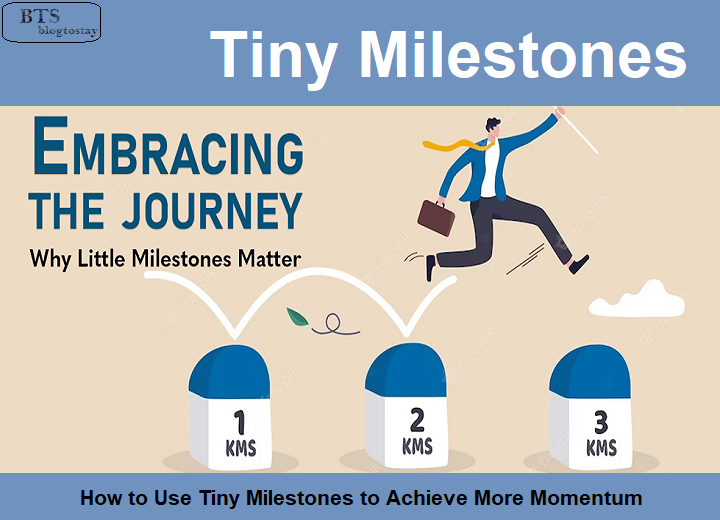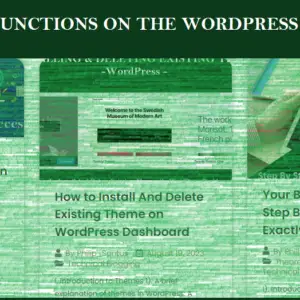I. Introduction:
Anthony Trollope is one of the famous authors who started his first novel in 1847 and was able to write at an incredible pace so that over the period of 38 years, he had published over 40 books ranging from non-fiction, short stories and various assortment of articles and letters.
This he was able to achieve by writing 15-minute intervals for 3 hours every day. This seems a bit of simple activity to set for yourself as an individual to achieve the same goal right?
But let me tell you, I have set out this routine many times and am unable to follow up because I see myself slack-back most times as a result of not being able to make up the trend.
His strategy is briefly explained in the little quote below,
Anthony Trollope said:
“It had at this time become my custom,—and is still my custom, though of late I have become a little lenient of myself—to write with my watch before me, and to require of myself 250 words every quarter of an hour…
This division of time allowed me to produce over ten pages of an ordinary novel volume a day, and if kept up through ten months, would have given as its results three novels of three volumes each in the year…”
(His strategy is well explained in the book by Mason Currey, Daily Rituals)
Now, let us examine how this strategy helped the author to be so productive and how we can apply it in our daily activities in life.
II. The Problem with Prioritizing Your Big Projects:
Ranking priority according to importance has made it possible for people to achieve their results based on the order of importance.
It had been my spelt-out routine procedure to make a to-do list of my activities according to priority. And this has helped me achieve a lot, no doubt about that, but think of it this way when you have a big project as your first priority, you might have worked off your boot within the day not being able to finish that particular project and still, have a lot of to-do-list of projects at the priority list not attended to.
Yet, you are unable to finish up the first big project picked. Honestly speaking, this makes me not feel the sense of satisfaction I supposed had it been I finished up my first priority project for the day. Leaving no room for self-satisfaction after the day’s work.
One common problem for ranking your priority for the day is that, if the number one task is a really big project then it can leave you feeling frustrated because it takes a long time to finish.
Then, here comes the solution to this common problem developed by Anthony Trollope.
III. Using Tiny Milestones to Achieve More Momentum:
Writing a book is not the kind of task you can complete within a day. And this is the kind of business Anthony Trollope was into for over thirty years. If you have been into the art of writing you would testify with me that, in some cases, writing a chapter seems too big a task to perform for the day. Not in this day of AI writing tools, I mean the real original piece of writing we all still crave for no matter what.
That is why Trollope instead of measuring his progress according to chapters or books covered, he measured it in 15-minute intervals of work for 3 hours within a day.
This process I have tested and it allowed me to enjoy feeling of satisfaction and accomplishment. And this I think Trollope discovered because it allowed him to continue to work on large projects such as writing books.
IV. This I should say is a big method to follow for 2 reasons:
i) You are more likely to finish large projects because small measures of progress help to maintain momentum over the long run.
ii) Your day develops an attitude of satisfaction and productivity the more you cover a productive project.
His 15-minute writing block was a well-designed progress meter that allowed Trollope to “get to finished” faster while still working on a big task. He received the long-term value of working on the most important things and the immediate payoff of finishing each little time block quickly.
This same strategy can equally be applied for tasks besides writing, of course. For example, rather than measuring his progress on a bigger task like monthly revenue, Trent Dyrsmid tracked each sales call he made with a paper clip.
The basic idea here is to find a way to get a message back (feedback) from ourselves that we are making progress in any work routine we planned to use in our daily activities.
V. Conclusion:
Hence you noticed or could be able to track your feedback based on the routine used, I bet you, there will be a full sense of satisfaction after working, and having seen your method helped you accomplish much for the day.
Thanks and remain blessed.
Please, Do not forget to Stay Blogging and never leave.








Thanks for sharing. I read many of your blog posts, cool, your blog is very good.
Thanks
hello!,I really like your writing very a lot! proportion we be in contact more approximately
your article on AOL? I need a specialist in this space to unravel my problem.
Maybe that is you! Taking a look ahead to look you.
I saw similar here: E-commerce
Ok, waiting for that.
Write more, thats all I have to say. Literally,
it seems as though you relied on the video to make your point.
You clearly know what youre talking about, why throw away your
intelligence on just posting videos to your site when you could be giving us something enlightening to read?
I saw similar here: sklep online and also here: ecommerce
Thanks dear.